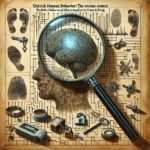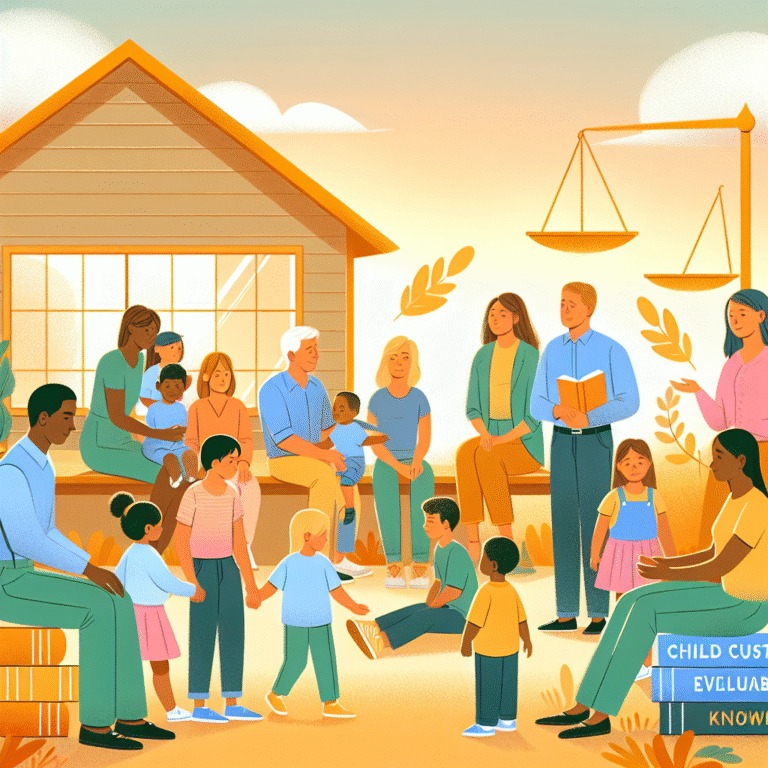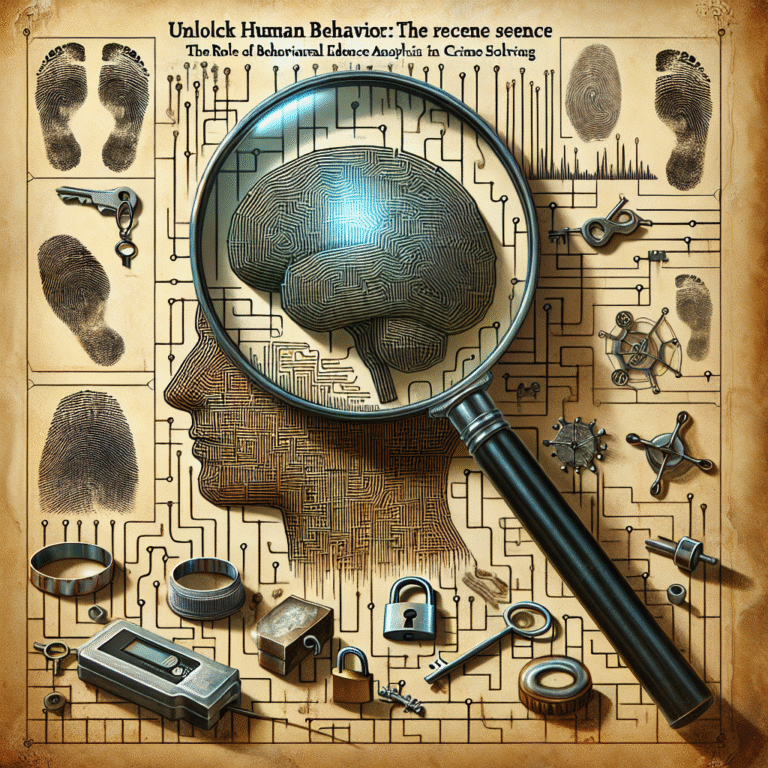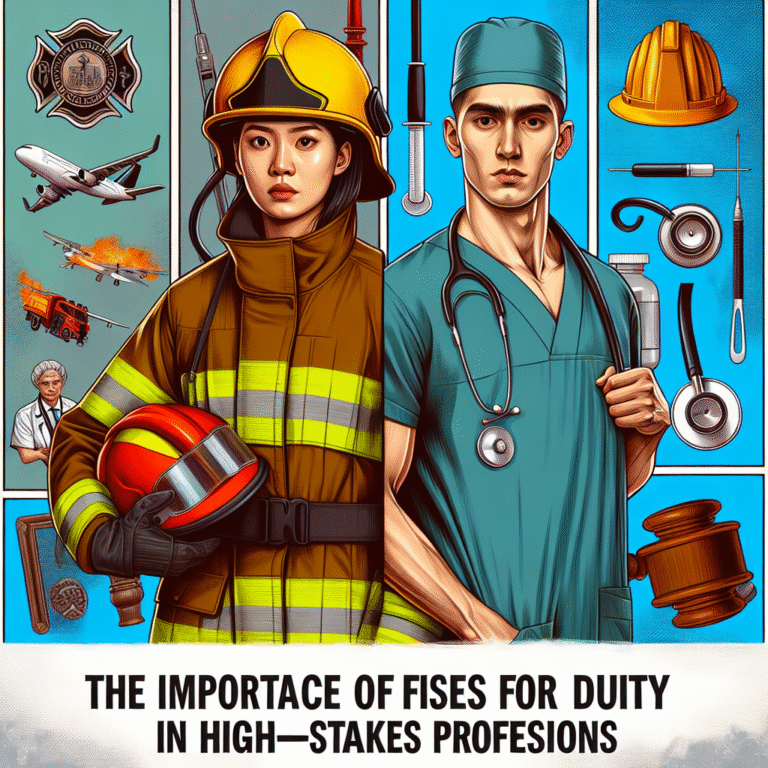Introduction
Every minute, an act of domestic violence is committed somewhere in the world, casting shadows of fear and silence on the lives of countless individuals. Unmasking Abuse: The Importance of Accurate Domestic Violence Assessment resonates with urgency. It seeks to illuminate the often-hidden horrors of domestic violence and underscore the critical role that accurate assessments play in addressing this pervasive issue.
Understanding the nuances of domestic violence is not just crucial for victims but also for communities, law enforcement, healthcare providers, and policymakers. Accurate assessment can save lives, provide vital resources, and empower victims. As we delve into this intricate issue, we’ll explore real-world case studies, data-driven insights, and actionable steps that can lead to meaningful change.
The Landscape of Domestic Violence
A Disturbing Reality
Domestic violence isn’t limited to physical abuse; it encompasses emotional, psychological, and financial torment. According to the World Health Organization, nearly 30% of women globally have experienced physical or sexual violence by an intimate partner. This staggering statistic reflects a societal epidemic that necessitates immediate attention.
Table 1: Types of Domestic Violence
| Type | Description | Prevalence |
|---|---|---|
| Physical Abuse | Hitting, slapping, or inflicting bodily harm | 29% |
| Emotional Abuse | Manipulation, threat, or degradation | 33% |
| Financial Abuse | Controlling finances or denying access to money | 25% |
| Sexual Abuse | Coercion or force in sexual activities | 17% |
The Role of Accurate Assessment
Accurate assessment in domestic violence provides a framework for understanding the unique circumstances of each case. Misdiagnosis or underreporting can lead to insufficient support for victims and, in some instances, exacerbate their situation. Thus, Unmasking Abuse: The Importance of Accurate Domestic Violence Assessment comes into play, as it offers a comprehensive approach to identify and address the myriad forms of abuse.
The Assessment Process: A Closer Look
Initial Intake
Effective assessment begins with an initial intake process. This step is crucial for gathering pertinent information about the victim’s experience, the dynamics of the relationship, and any immediate dangers they may face.
Case Study: Sarah’s Story
Sarah, a 32-year-old mother, approached a domestic violence shelter after years of emotional and physical abuse by her partner. During her intake assessment, the staff utilized a structured questionnaire designed to gauge various factors, such as frequency of abuse, types of control exerted, and overall mental health. This thorough interrogation revealed Sarah was not just a victim of physical abuse; she was also suffering from significant emotional trauma.
Key Insights:
- Comprehensive Data Collection: The right questions can reveal more than just immediate danger; they can uncover deep emotional scars that aid in planning long-term assistance.
- Holistic Approach: Understanding all facets of abuse can provide a clearer picture for case management teams.
Risk Assessment Tools
Risk assessment tools, like the Danger Assessment or the Ontario Domestic Assault Risk Assessment (ODARA), can help predict the likelihood of future harm based on specific indicators.
Table 2: Risk Assessment Indicators
| Indicator | Description |
|---|---|
| History of Violence | Previous incidents often indicate future risk |
| Extreme Jealousy | Possessiveness can be a red flag |
| Access to Weapons | Availability increases potential for lethal outcomes |
| Substance Abuse | Impairs judgment and escalates risk |
Case Study: Mark’s Warning Signs
Mark, a 45-year-old man, exhibited several warning signs before his partner Lisa sought help. Upon assessment, it became clear that his previous arrests for domestic violence and substance abuse significantly heighted the risk he posed. Effective use of risk assessment tools enabled the professionals involved to put protections in place and offer Lisa safe housing options.
Key Insights:
- Predictive Measures: Identifying potential risk factors provides a proactive rather than reactive approach to victim safety.
- Resource Allocation: Risk assessments guide specialized interventions and resource distribution.
Cultural Sensitivity in Assessment
Culture profoundly influences perceptions of domestic violence and can affect a victim’s willingness to report abuse. Having culturally competent professionals involved in assessments can create a safer and more trustworthy space for victims.
Case Study: Amina’s Cultural Context
Amina, a 28-year-old immigrant, faced violence from her partner but was hesitant to seek help due to fear of cultural stigmas. A culturally sensitive assessment helped her heal by addressing underlying beliefs and values, making her feel respected and understood in the process.
Key Insights:
- Empathy and Understanding: Tailoring assessments to align with cultural norms creates trust and encourages victims to come forward.
- Community Support: Engaging local resources that resonate with cultural values enhances the support network available to the victim.
Implementing Best Practices for Assessment
Training Professionals
One of the biggest challenges in domestic violence assessments is adequately training professionals. Staff in shelters, hospitals, and police stations must be equipped with the skills to conduct sensitive and comprehensive evaluations.
Community Engagement
Community involvement is essential for enhancing the effectiveness of domestic violence assessments. Collaborations between law enforcement, healthcare providers, and NGOs can streamline communication and ensure that assessments lead to appropriate interventions.
Figure 1: Collaborative Framework in Domestic Violence Assessment
Continuous Feedback Mechanisms
Feedback from victims can inform the assessment process continuously. By understanding what works and what doesn’t, organizations can adapt better strategies and develop more effective assessments.
The Impact of Accurate Assessment
Bridging Gaps in Services
Accurate domestic violence assessment can catalyze a chain reaction that bridges gaps in available services. When assessments are correctly conducted, shelters can allocate resources more effectively, leading to improved crisis intervention protocols.
Empowerment of Victims
One of the most profound impacts of accurate assessment is the empowerment of victims. By understanding their situations better, victims are more likely to pursue justice, seek help, and reclaim their lives.
Policy Implications
Robust data generated from accurate assessments can drive policy changes. Legislators can use this data to advocate for more funding, tighter regulations on abusers, and improved community resources.
Conclusion
Unmasking abuse is not merely a battle against crime; it is a collective fight for understanding, empathy, and action. The Importance of Accurate Domestic Violence Assessment cannot be overstated; it is an essential tool in the quest for justice and healing. By committing to thorough, brave, and informed assessments, society can empower victims, challenge abusers, and build a future where domestic violence is no longer tolerated.
As you reflect on the enormity of this issue, consider the role you can play. Whether by advocating for appropriate training, supporting victims in your community, or influencing policy, your actions can contribute to a world free from domestic violence.
FAQs
1. What are the signs of domestic violence?
Signs include unexplained bruises, withdrawal from friends and family, extreme jealousy from a partner, and financial control.
2. How can I help someone experiencing domestic violence?
Listen without judgment, provide information about local resources, and offer to accompany them to appointments or shelters.
3. What resources are available for victims of domestic violence?
Hotlines, shelters, counseling services, and legal aid programs are vital resources available to victims.
4. How can risk assessments improve safety for victims?
Risk assessments identify danger indicators that can lead to protective measures, helping ensure victims find safety from their abusers.
5. Are there specific assessments tailored for different demographics?
Yes, culturally sensitive assessments exist to cater to diverse backgrounds, taking into account language, cultural beliefs, and values.
Through understanding and acting upon Unmasking Abuse: The Importance of Accurate Domestic Violence Assessment, we can turn awareness into action and forge an empowered path toward healing and safety for all.















